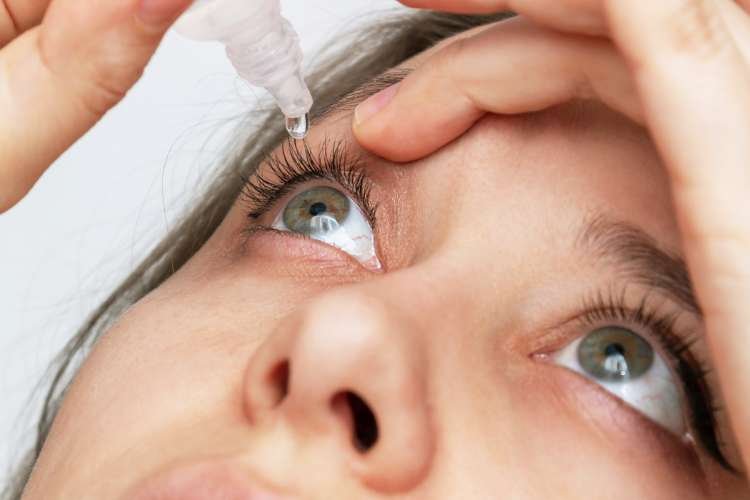Aldeyra Therapeutics confronts a daunting situation as regulatory concerns cast doubt on the future of its dry eye disease medication, reproxalap. Following a recent meeting with US regulators, the company acknowledged significant issues that could jeopardize the drug’s approval.
The heart of the matter is a perceived deficiency in clinical evidence to support reproxalap’s indication for approval, as expressed by regulatory authorities during a late-cycle review meeting with the FDA. To compound the challenge, additional data related to reproxalap’s chemistry, manufacturing, and control processes were also requested.
In light of these developments, Aldeyra acknowledges that the FDA might be unable to approve the New Drug Application (NDA) for reproxalap by the scheduled review deadline of November 23, potentially resulting in the issuance of a complete response letter. This unsettling news triggered a sharp decline in the company’s stock, with shares plummeting by over 66%, falling from $5.43 to $1.80.
In response to the concerns raised by the FDA, Aldeyra has submitted supplementary materials, although the FDA is not legally obligated to incorporate these details into its review. Thus far, the regulatory agency has refrained from making a definitive assessment regarding the adequacy of the provided information.
Furthermore, the FDA has recommended that Aldeyra conduct an additional trial to validate the drug’s efficacy. This latest development contradicts the biotech’s decision last year to modify the primary endpoint of a phase 3 trial for dry eye disease, shifting the focus from ocular redness to tear production as the measure of success. Although the initial trial failed to demonstrate redness reduction, it did yield positive results in tear production, subsequently becoming the secondary endpoint. The company had intended to submit data to the FDA encompassing ocular redness, dryness, and tear production.
In light of the uncertainties surrounding the drug’s application for dry eye disease, reproxalap’s potential is increasingly hinged on its viability as a treatment for allergic conjunctivitis. Notably, phase 3 results released in June showcased a statistically significant reduction in eye itchiness and improvements in eye redness for patients exposed to allergens, compared to those receiving a placebo.
It’s worth noting that the global market for allergic conjunctivitis is approximately half the size of the dry eye disease market. This market dynamics was reflected in investors’ response to the news, highlighting the considerable challenges faced by Aldeyra Therapeutics in navigating the complex landscape of drug development and regulatory approval.





























